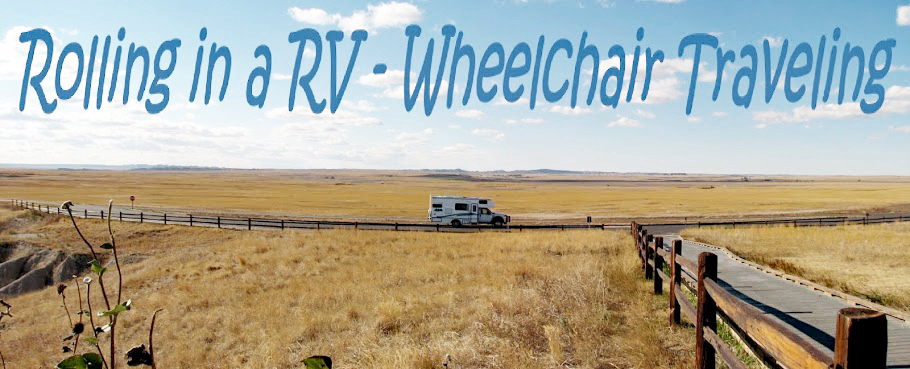In 1982 Delta High School teacher Jane Beckwith gave her students an assignment to interview Delta residents who had worked
at the Topaz interment camp during World War II. The camp was in operation from September 11, 1942 to October 31, 1945 and housed thousands of Americans of Japanese ancestry who had been forcibly removed from their homes in one of the most misguided and unjust actions taken by the federal government during the war. The residents being interviewed began bringing artifacts to go along with their stories of working at the camp and Jane Beckwith advocated for the creation of a museum so that the history of the camp would not be forgotten.
The camp covered 640 acres of desert that had been scraped clean of all vegetation leaving fine dust to be blown around by frequent wind storms. The uninsulated wood framed and tarpapered barracks were not even finished when the first internees arrived. The long barracks were divided into living quarters for multiple families. Each family was provided with a pot-bellied stove and beds but little furniture so they built their own tables and chairs from scrap wood. What followed is a testament to the strength of the human spirit. Even though the internees had lost their freedom and were forced to contend with a hostile environment, they formed clubs, planted gardens, made beautiful works of art, and attempted to create some sense of normality.




The museum exhibits are excellence and explain how and why this happened. An interned family saved all of their possessions from the camp and contributed them to the museum where they are displayed in a reconstructed barracks room. Many paintings and crafts created by the internees have been donated to the museum by Delta residents and camp internees.
The museum is accessible with a couple of problem areas - the entry door is very heavy and the touch screen in the reconstructed barracks room is located a little too high to reach.
Parking is available in the lot of the Great Basin Museum located next door or on the street.
The site of the camp is about 17 miles west of the museum and can be visited. It's mostly empty desert because all of the buildings, lumber, and pipes were sold or recycled but there's a monument with an interpretive sign and a flag. We did not visit the site but we took a short drive past some of the buildings that were moved to Delta, Utah. Museum 39.35221, -112.57586

















Thanks for sharing this interesting story. A dark time in our history.
ReplyDeleteSue
Truly a dark time. I'm glad the people of the town and former internees came together to make the museum possible. We can't erase history that is painful by ignoring it or not talking about it.
DeleteWe didn't get to Topaz, but we did see what's left of Manzanar, another horror story and part of a shameful past. At least the residents are paying attention: Never forget.
ReplyDeleteIt's so important to not forget - especially now. :(
Delete